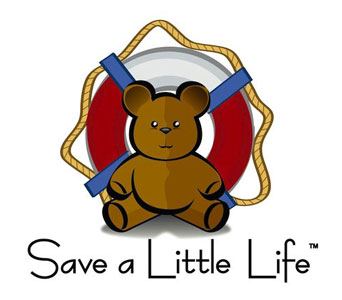PEDIATRIC BURNS AND HOME SAFETY
Protecting our children from burns remains an important part of home safety. A 6-year long study from the Department of Surgery at the University of North Carolina at Chapel Hill, looked at causes of pediatric burns and their outcomes.
The study included 449 pediatric burn victims under the age of 16. The average was just over 4 years and the ratio of male to female was roughly 2:1. Overall, there were 21 deaths, the majority of which were children under age 4. Children this young had a greater mortality risk – particularly with burns of 30% or more of total body surface area (TBSA). The most common cause of household burns were scald burns for the 4 year and under age group. In older children, direct flame was the foremost cause. Larger burn size (greater TBSA) was the strongest predictor of death in these cases. A large burn is considered to be at least 30% of anyone’s TBSA. Clearly, it is easier for a smaller victim to sustain a larger TBSA burn, due to their size.
Many experts in the field of injury prevention have clear guidelines for parents to prevent burns in the home and elsewhere.
Some of them include:
• Turn the thermostat on your home water heater down to 120 degrees F., OR have a plumber or baby-proofing expert, install (on a particular faucet head) a device that will now allow the temperature beyond a certain maximum heat
• Be vigorous in the food preparation area when it comes to allowing infants & children near hot substances. Be sure to keep hot substances and their containers away from the edge of a cooking surface or counter top
• Remind all those who might do childcare for you to be vigilant in these areas as well
• Be sure to have several functional smoke detectors in your home or apartment. A recent survey shows an alarming (no pun intended) number of these home smoke detectors are either non functional or have dead batteries, making them useless



